Models and Prototypes
Temporary Gallery - South
Models are used as tools in countless professions and academic disciplines. Whether developing a new theory or working on a new building, models help us explore and test new ideas or designs, and as such they include an aspect of experimentation. While sketches, notes, and sculptural maquettes are the kinds of models that traditionally served as preparatory steps in the creative process, artists of the early twentieth century began to think about them as works of art and vastly expanded their use. Examining the development and intersection of artistic approaches to models since the 1920s, Models and Prototypes encompasses a wide range of styles and media -- including installations, sculptural objects, prints, photography, and painting -- and considers them in three interrelated groups: multiple as model, conceptual models, and structural models.
Multiples -- editioned works that critique the status of the unique work of art -- played a seminal role during the twentieth century and became alternative models for artistic production, beginning with the pioneer of the readymade, Marcel Duchamp. Instead of a single precious work, he issued multiples such as his Pocket Chess Set, which was designed in an edition of twenty-five. Duchamp's pioneering work also had important ramifications for artists interested in both conceptual and structural models in subsequent decades and opened the door to entirely new artistic opportunities, notably the application of the multiple in the context of Fluxus and Conceptual art in the 1960s, such as the 1968 SMS portfolios, examples of which will be on display.
Models and Prototypes also includes works by artists who turned to conceptual models and utilized abstract ordering principles such as geometry, mathematical sequences, or the analysis of communication systems as the basis for their work. Alfred Jensen correlated ancient Chinese, Pythagorean, and Mayan numerical systems with temporal or geographic indicators such as calendars, sun dials, compasses, or color theories and created complex abstract compositions, as evidenced in Great Mystery I: The Origin of the Chinese Decimal System (1960). The exhibition also looks at ways in which artists utilized structural models or their schematic representation, including architectural and topographic maquettes. Katrin Sigurdardottirs Green Grass of Home (1997), for instance, is a compact suitcase that can be unfolded. Each compartment contains a topographic landscape alluding to places she visited and recreated from memory.
Models and Prototypes draws predominantly from the Museum's permanent collection and includes works by Wasily Kandinsky, Le Corbusier, Alfred Jensen, Marcel Duchamp, Joseph Kosuth, Claes Oldenburg, Joseph Beuys, Jenny Holzer, Isa Genzken, Thomas Demand, and Katrin Sigurdardottir, among others. It is the first Kemper Art Museum exhibition from curator Catharina Manchanda.
Selected works
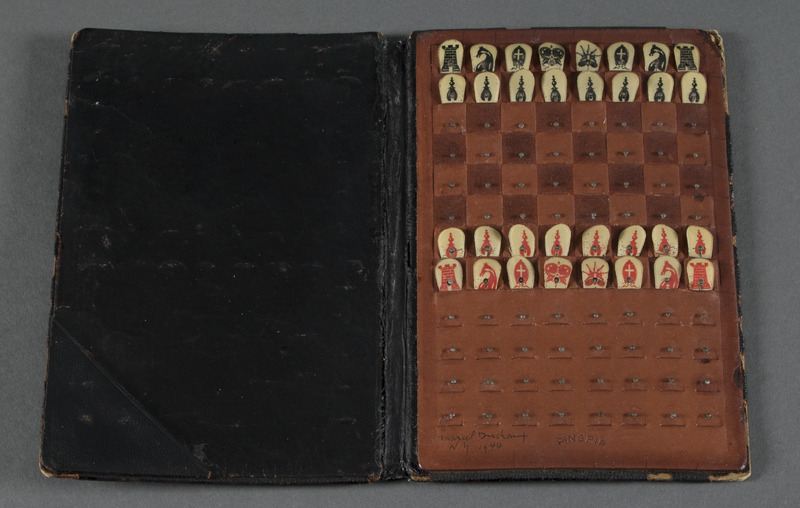
Marcel Duchamp
Pocket Chess Set
1944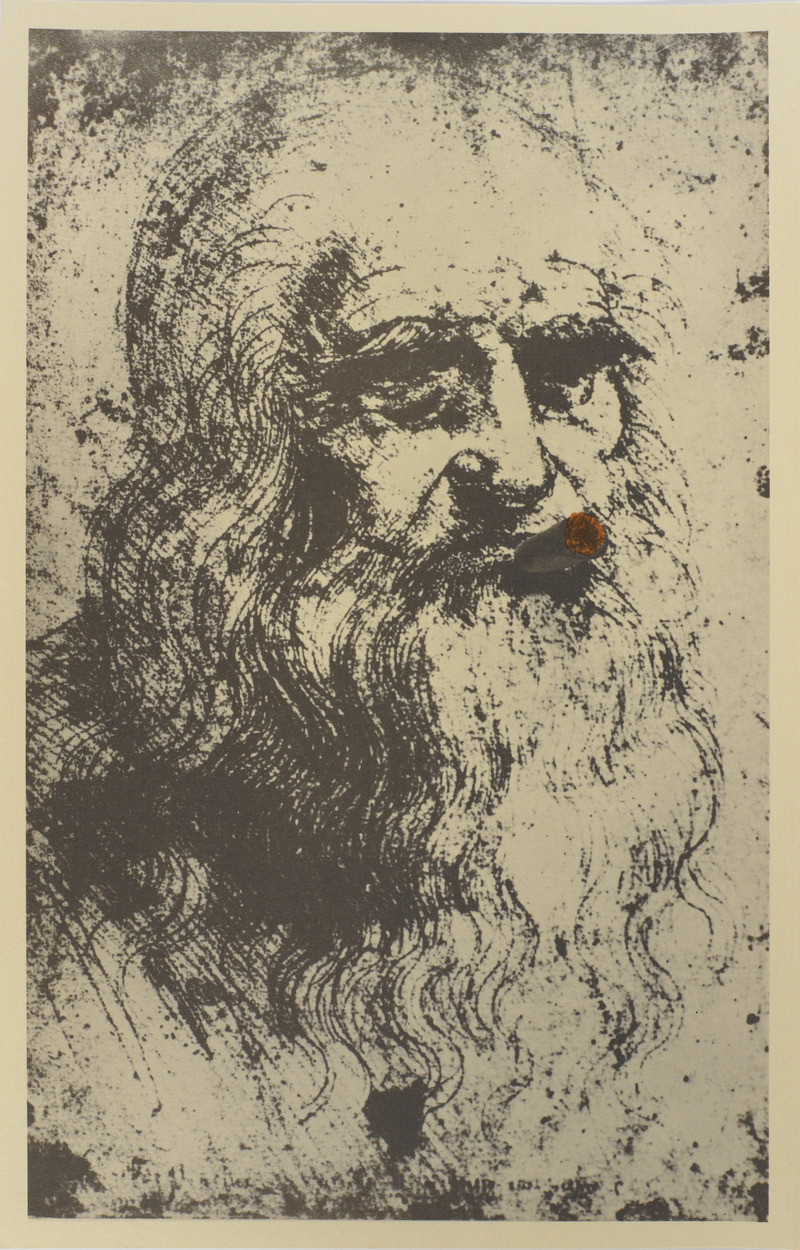
Man Ray
The Father of Mona Lisa, from S.M.S. No. 3
1967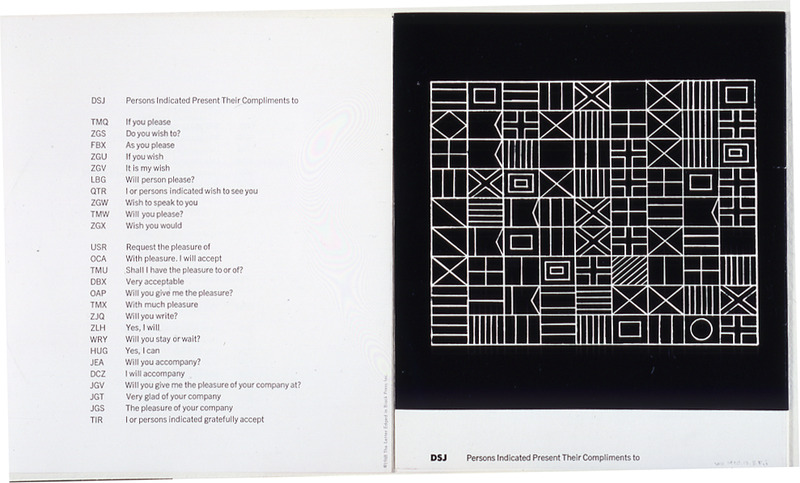
Hannah Weiner
Signal Flag Poems, from S.M.S. No. 3
1968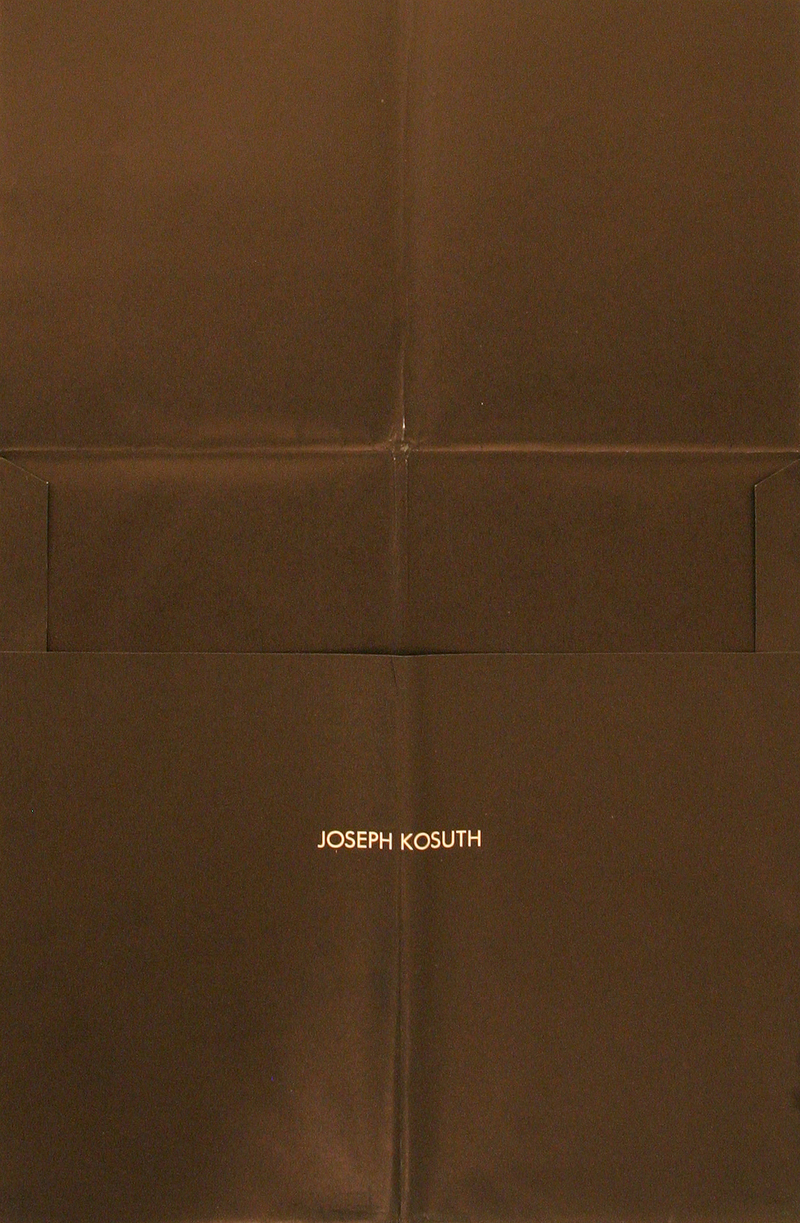
Joseph Kosuth
Four Titled Abstracts, from S.M.S. No. 3
1968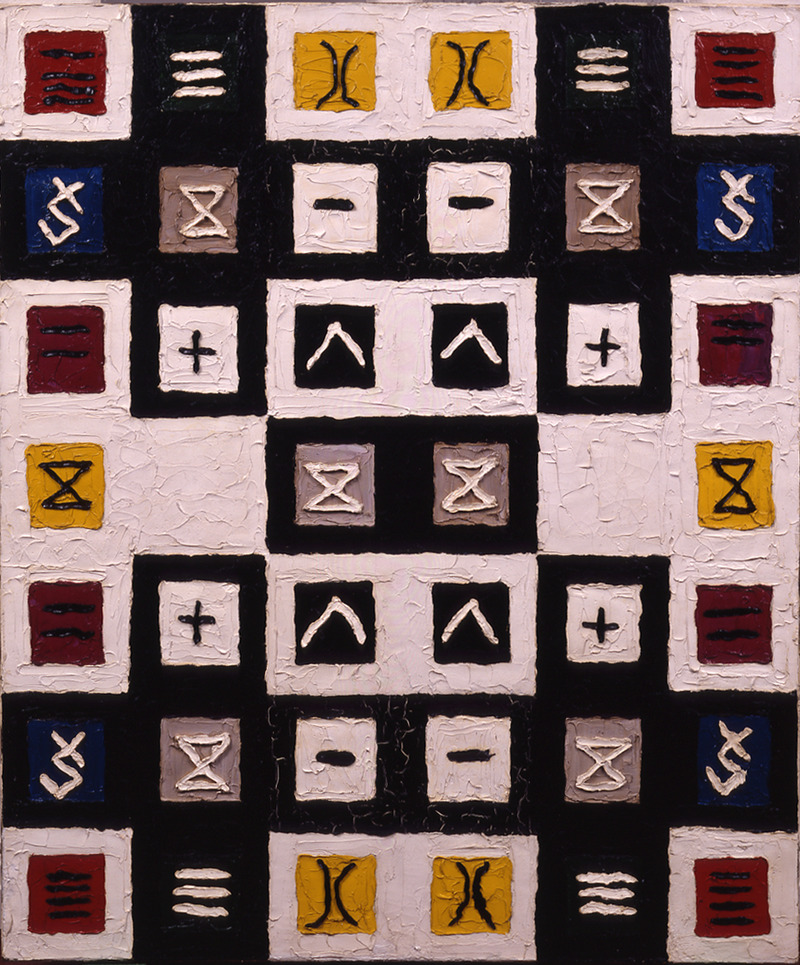
Alfred Jensen
Great Mystery I [Chinese Origin of the Decimal System! External Placement.]
1960
Wassily Kandinsky
Kleine Welten V (Small Worlds V), from the series Kleine Welten (Small Worlds)
1922
Wassily Kandinsky
Kleine Welten III (Small Worlds III), from the series Kleine Welten (Small Worlds)
1922
Wassily Kandinsky
Kleine Welten IV (Small Worlds IV), from the series Kleine Welten (Small Worlds)
1922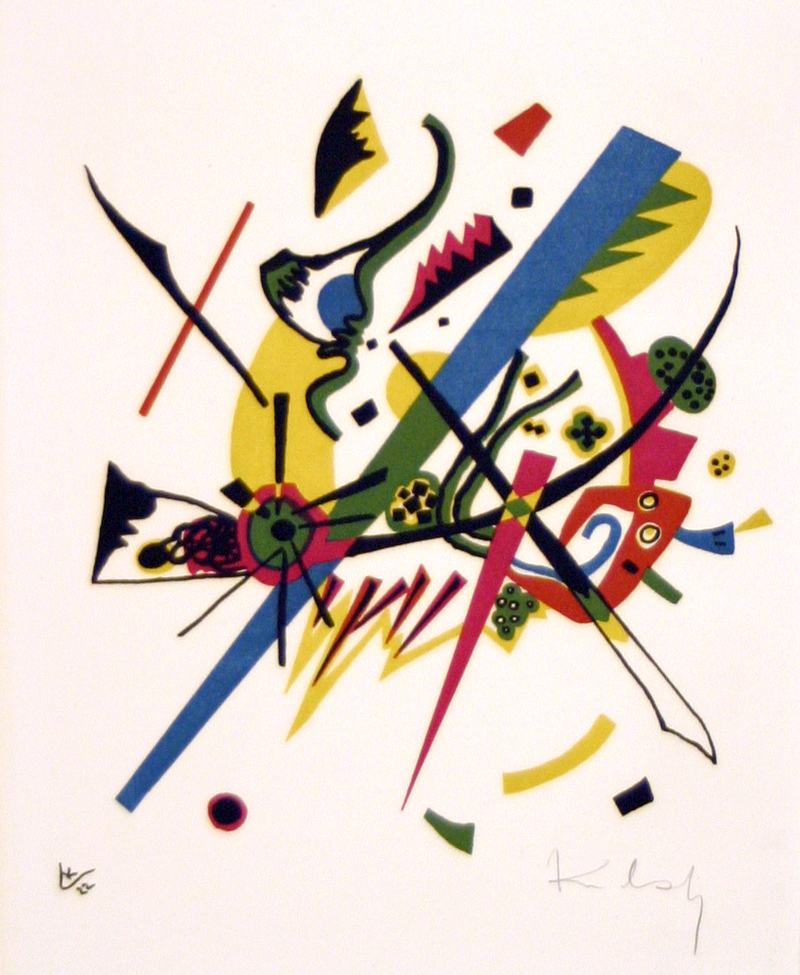
Wassily Kandinsky
Kleine Welten I (Small Worlds I), from the series Kleine Welten (Small Worlds)
1922
Wassily Kandinsky
Kleine Welten II (Small Worlds II), from the series Kleine Welten (Small Worlds)
1922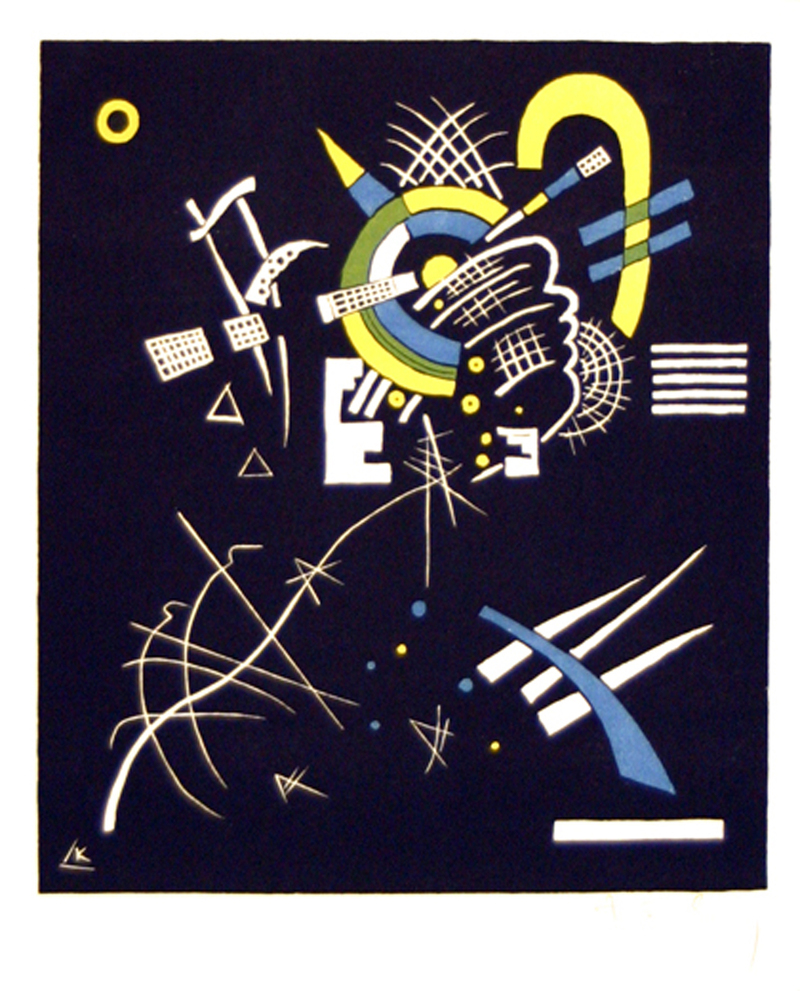
Wassily Kandinsky
Kleine Welten VII (Small Worlds VII), from the series Kleine Welten (Small Worlds)
1922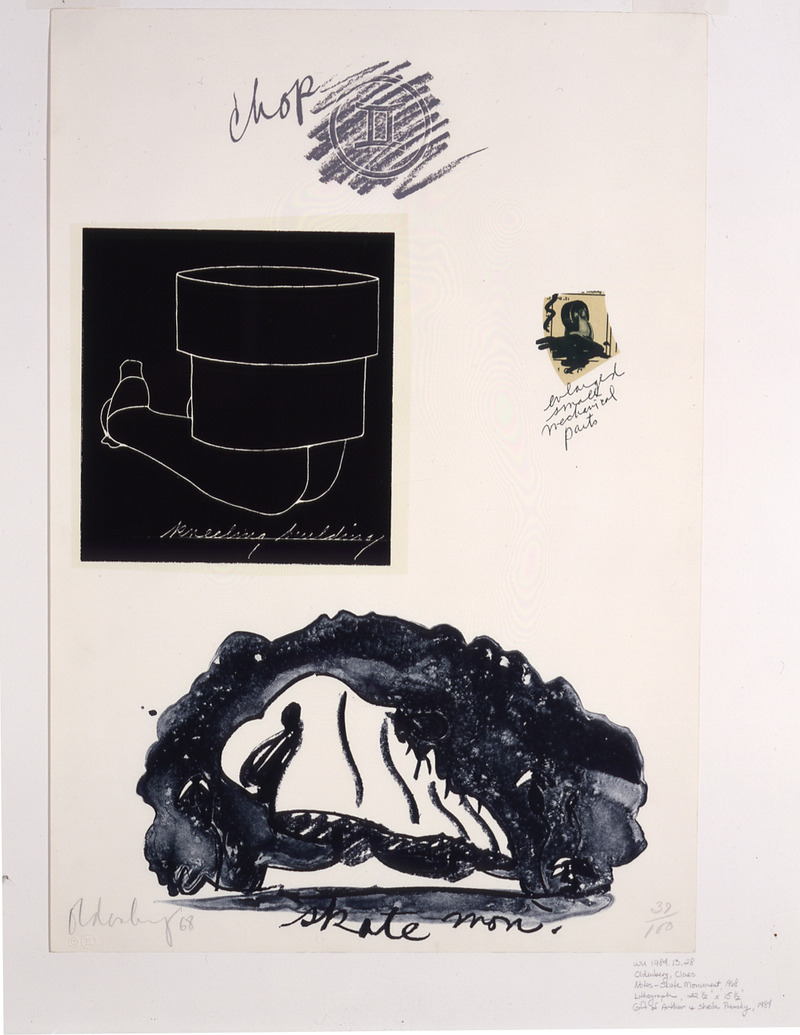
Claes Oldenburg
Skate Monument, from Notes
1968
Max Bill
XVI, from the portfolio Max Bill 16 Constellations
1974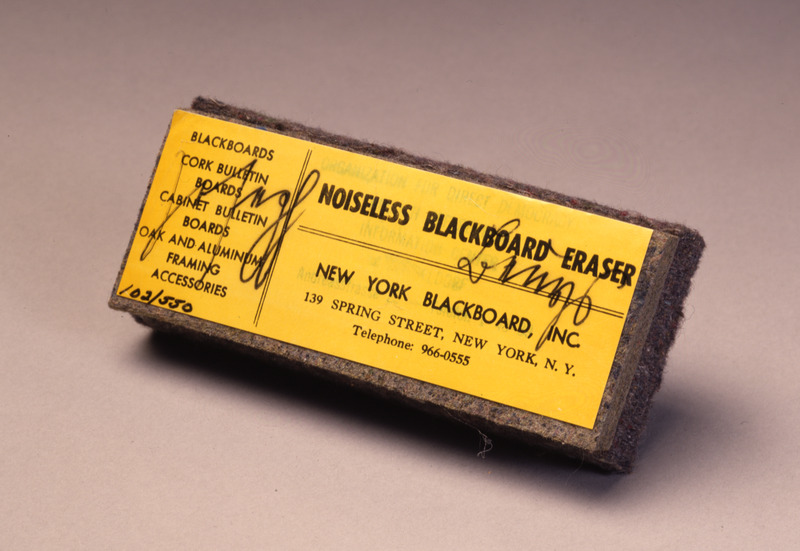
Joseph Beuys
Noiseless Blackboard Eraser
1974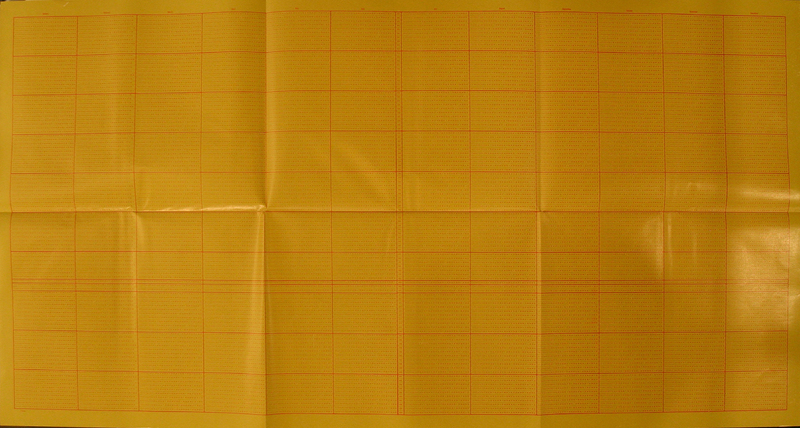
On Kawara
100 Year Calendar, from S.M.S. No. 4
1968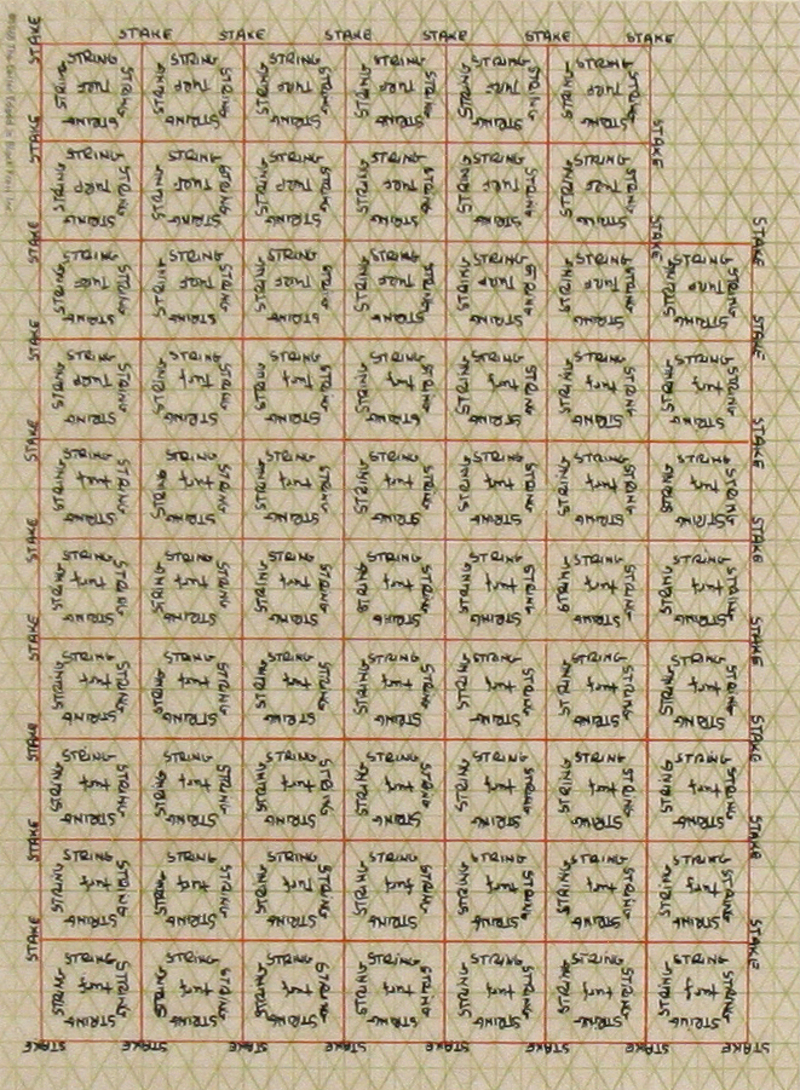
Lawrence Weiner
Turf, Stake and String, from S.M.S. No. 5
1968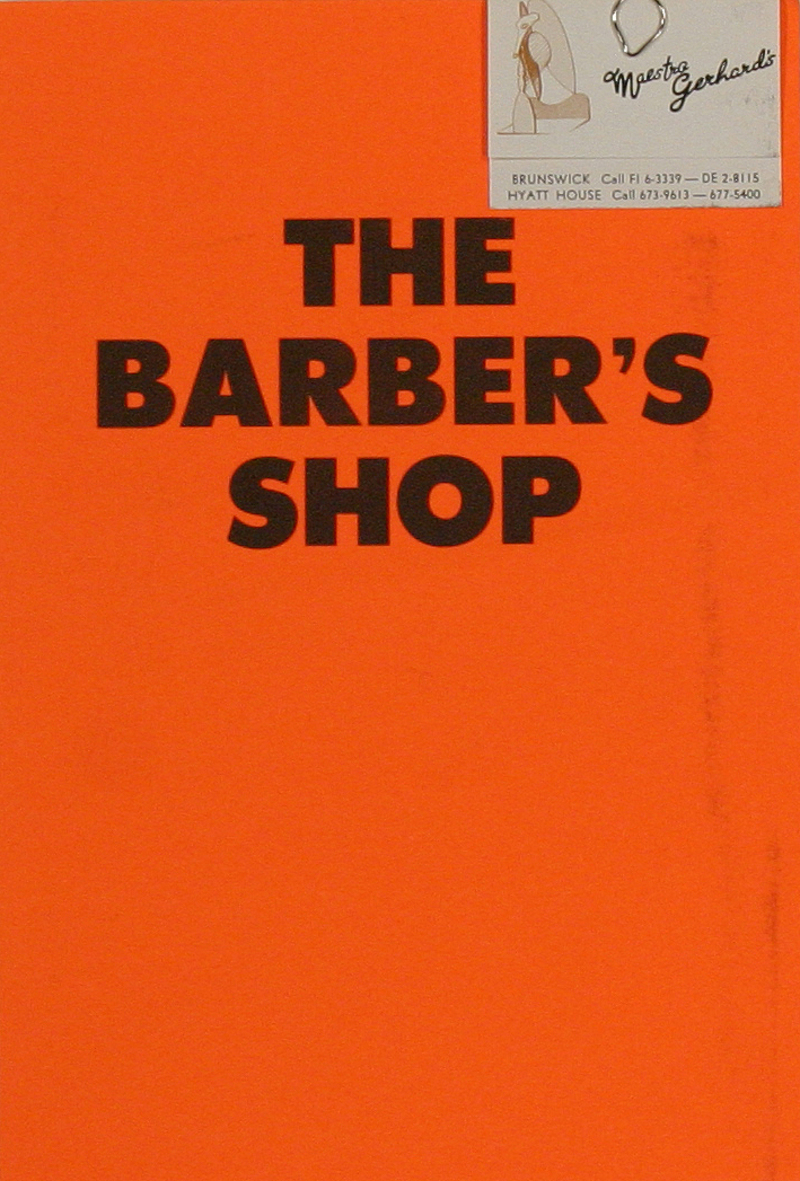
William Copley
The Barber's Shop, from S.M.S. No. 5
1968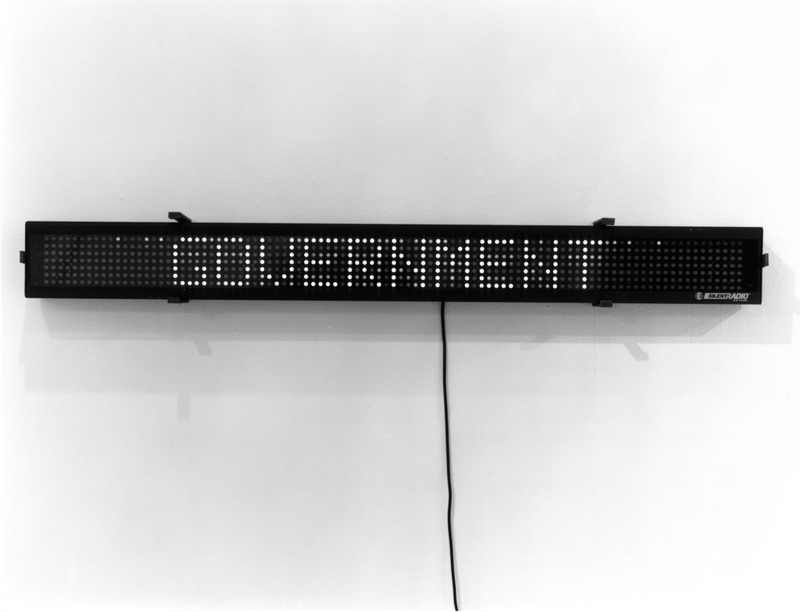
Jenny Holzer
Selections from "The Survival Series"
1983–84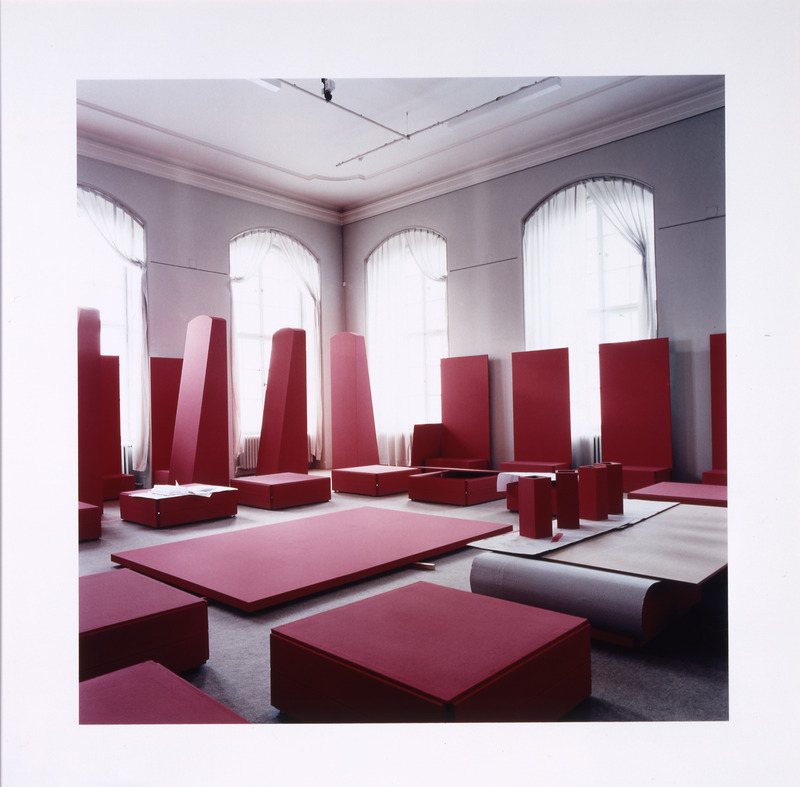
Candida Höfer
Museum für Völkerkunde Dresden I (Museum of Ethnography Dresden I)
1999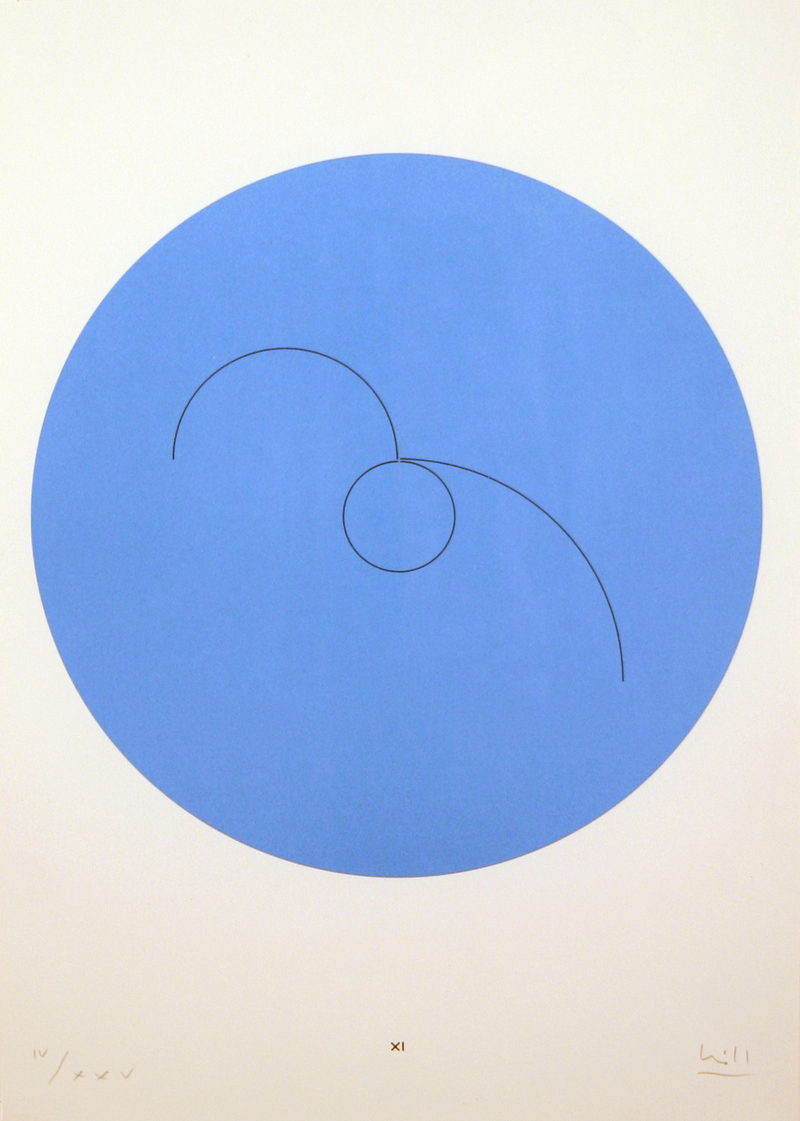
Max Bill
XI, from the portfolio Max Bill 16 Constellations
1974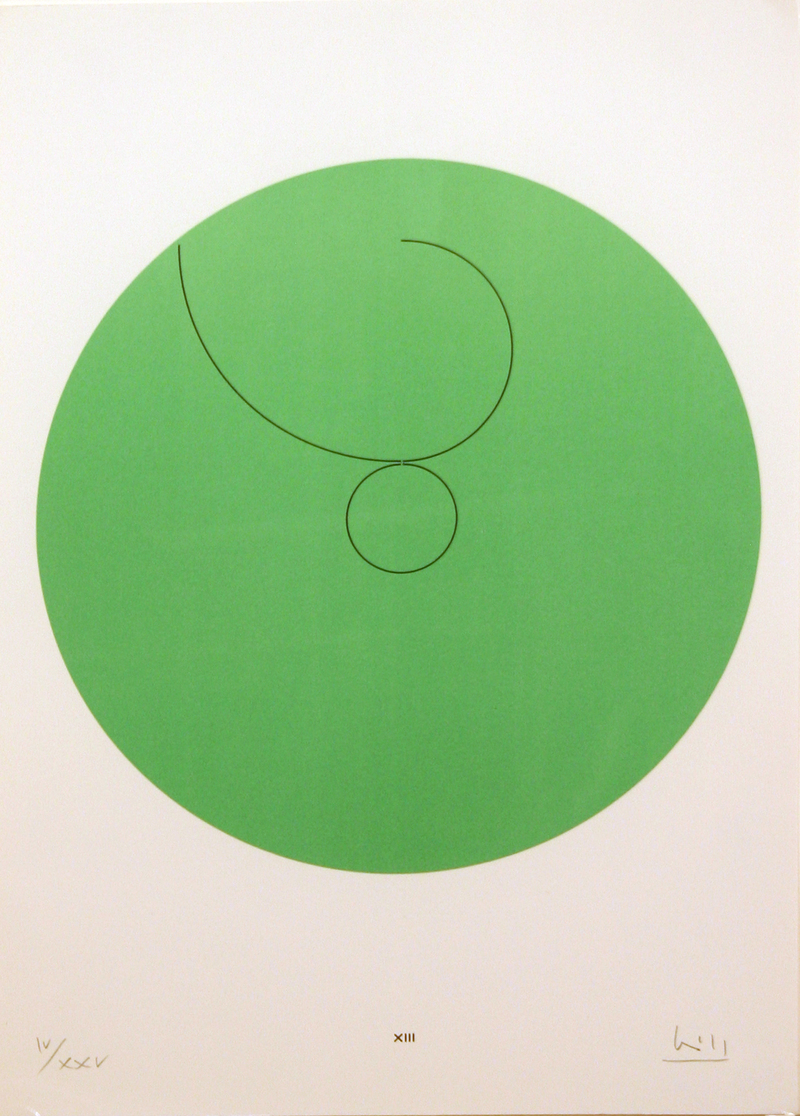
Max Bill
XIII, from the portfolio Max Bill 16 Constellations
1974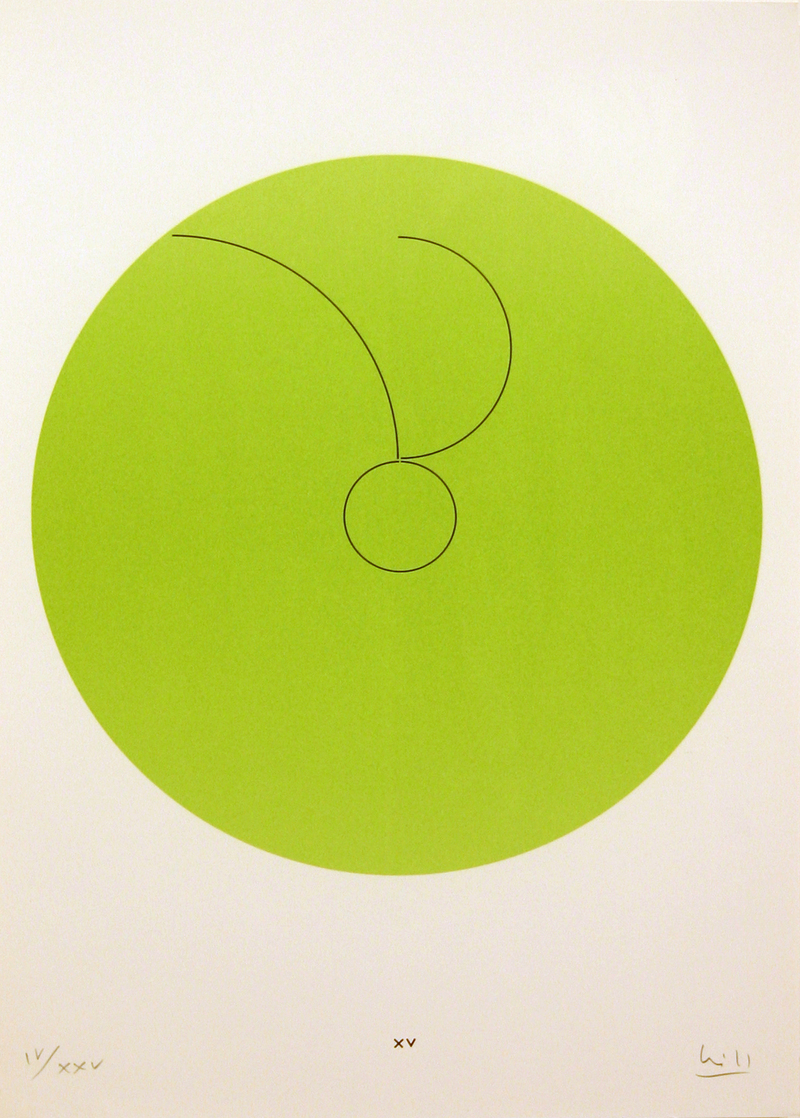
Max Bill
XV, from the portfolio Max Bill 16 Constellations
1974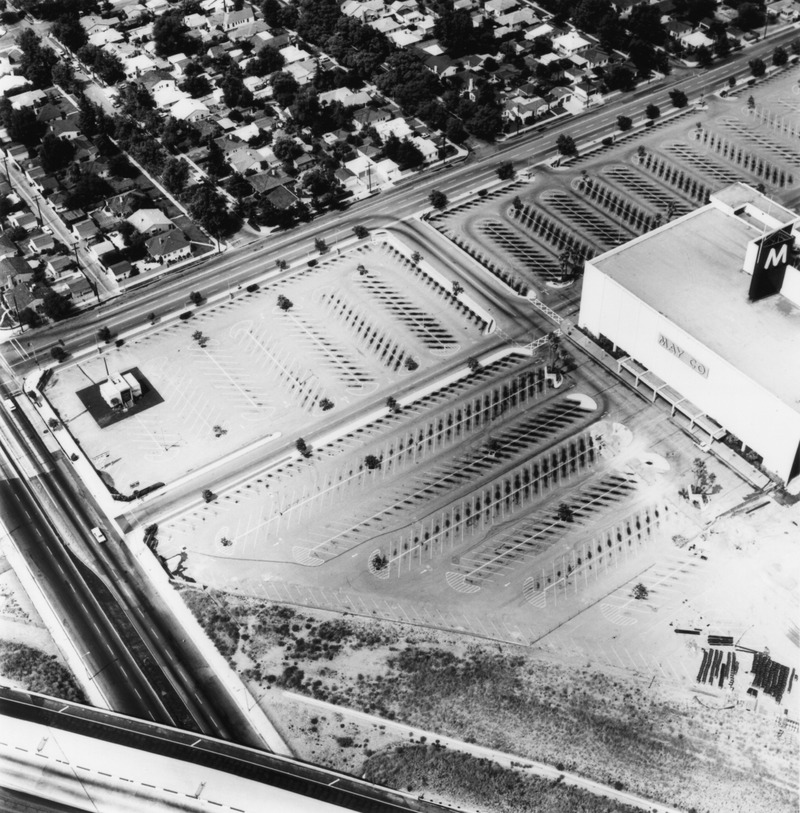
Edward Ruscha
Parking Lots (May Company, 6150 Laurel Canyon, North Hollywood) #7
1967/1999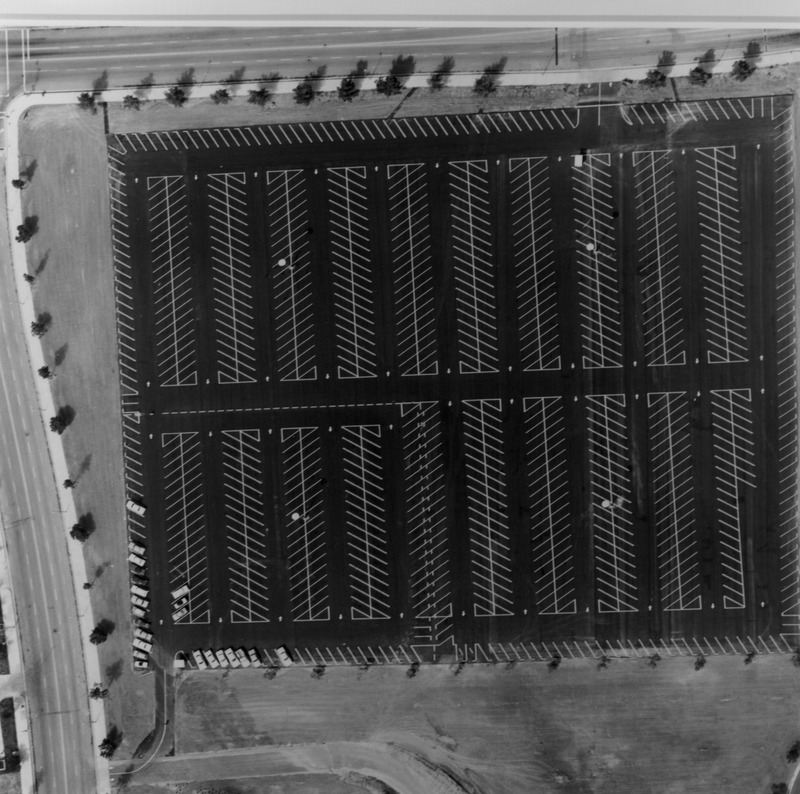
Edward Ruscha
Parking Lots (Century City, 1800 Avenue of the Stars) #23
1967/1999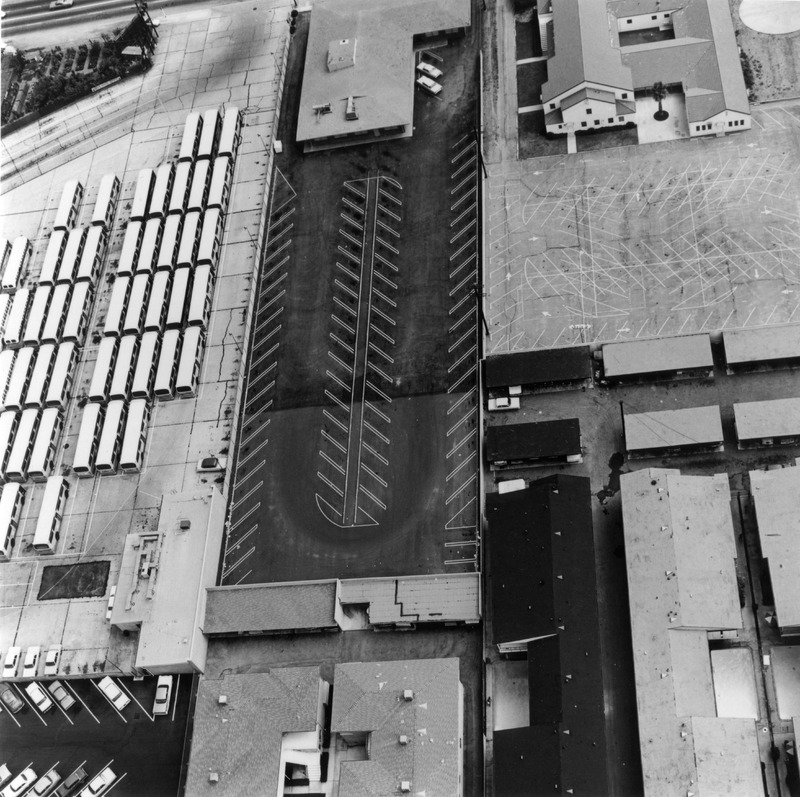
Edward Ruscha
Parking Lots (State Board of Equalization, 14601 Sherman Way, Van Nuys) #19
1967/1999
Edward Ruscha
Parking Lots (Fashion Square, Sherman Oaks) #24
1967/1999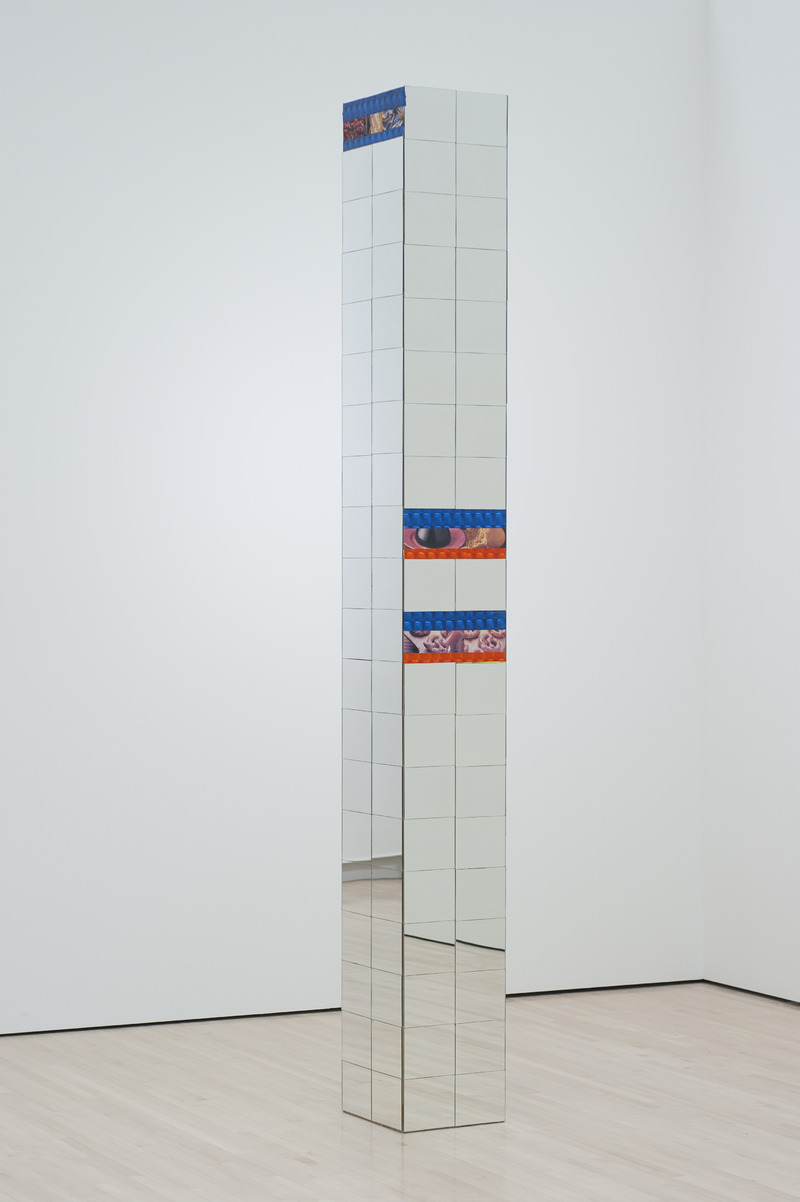
Isa Genzken
Bill II
2001
Max Bill
III, from the portfolio Max Bill 16 Constellations
1974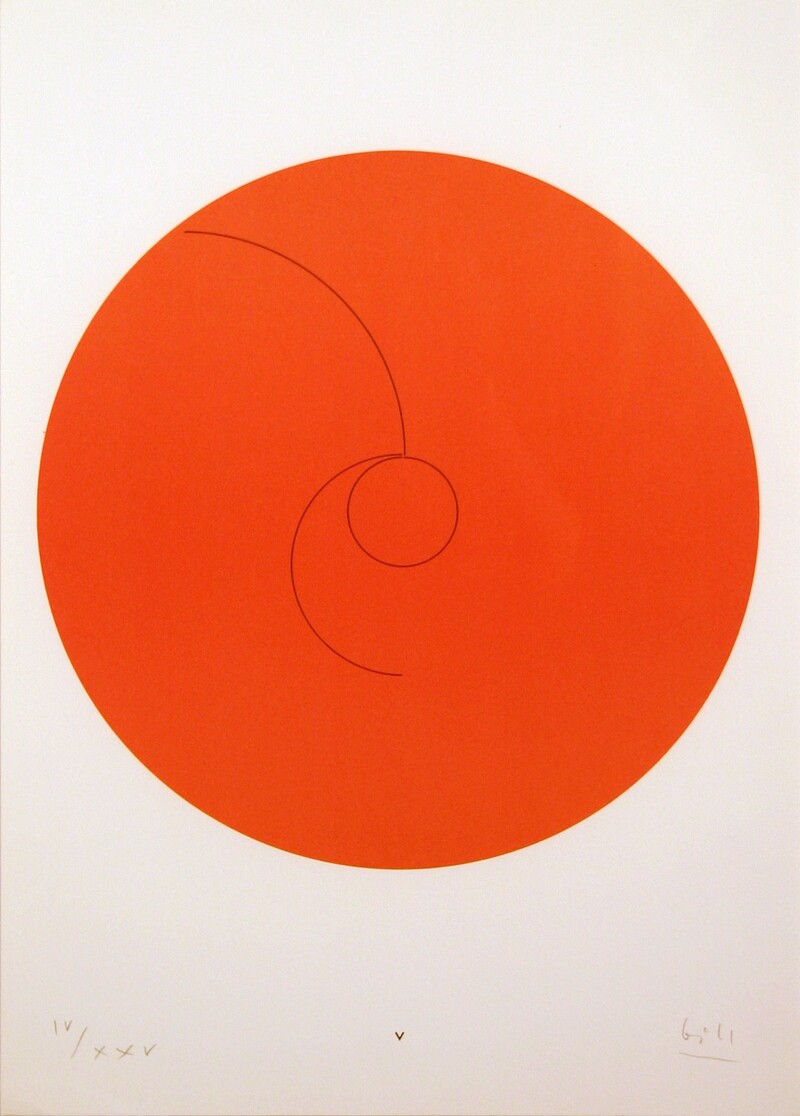
Max Bill
V, from the portfolio Max Bill 16 Constellations
1974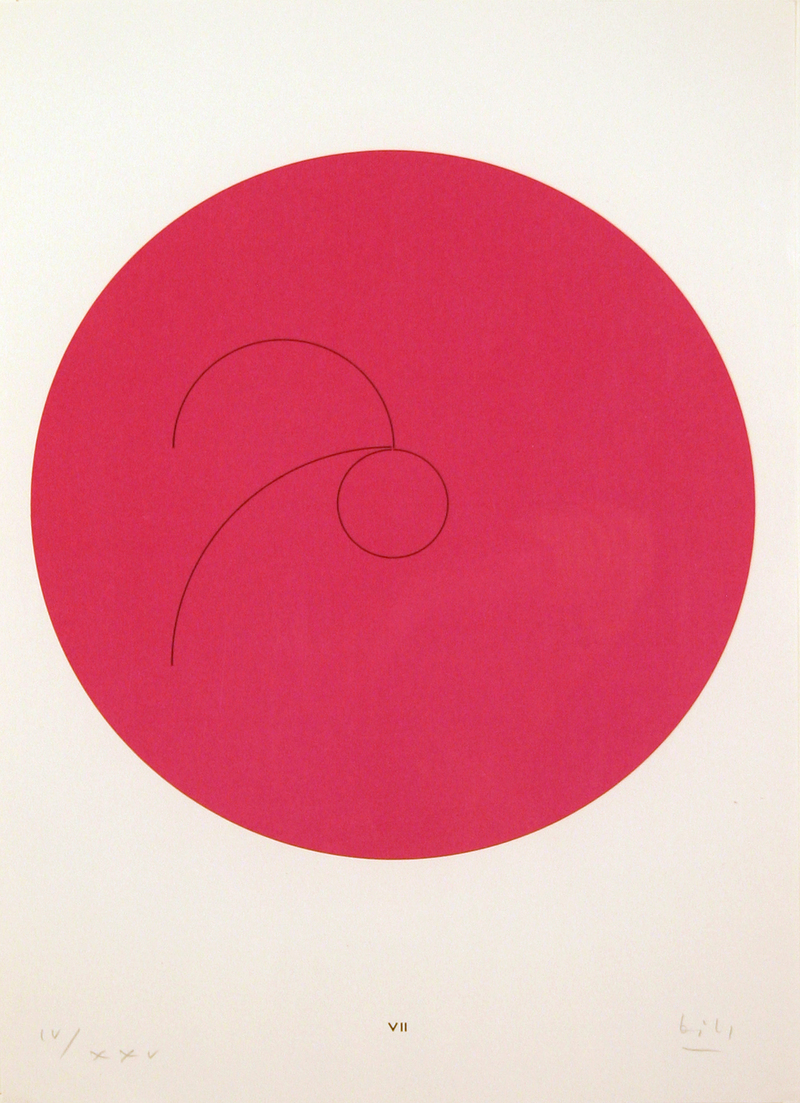
Max Bill
VII, from the portfolio Max Bill 16 Constellations
1974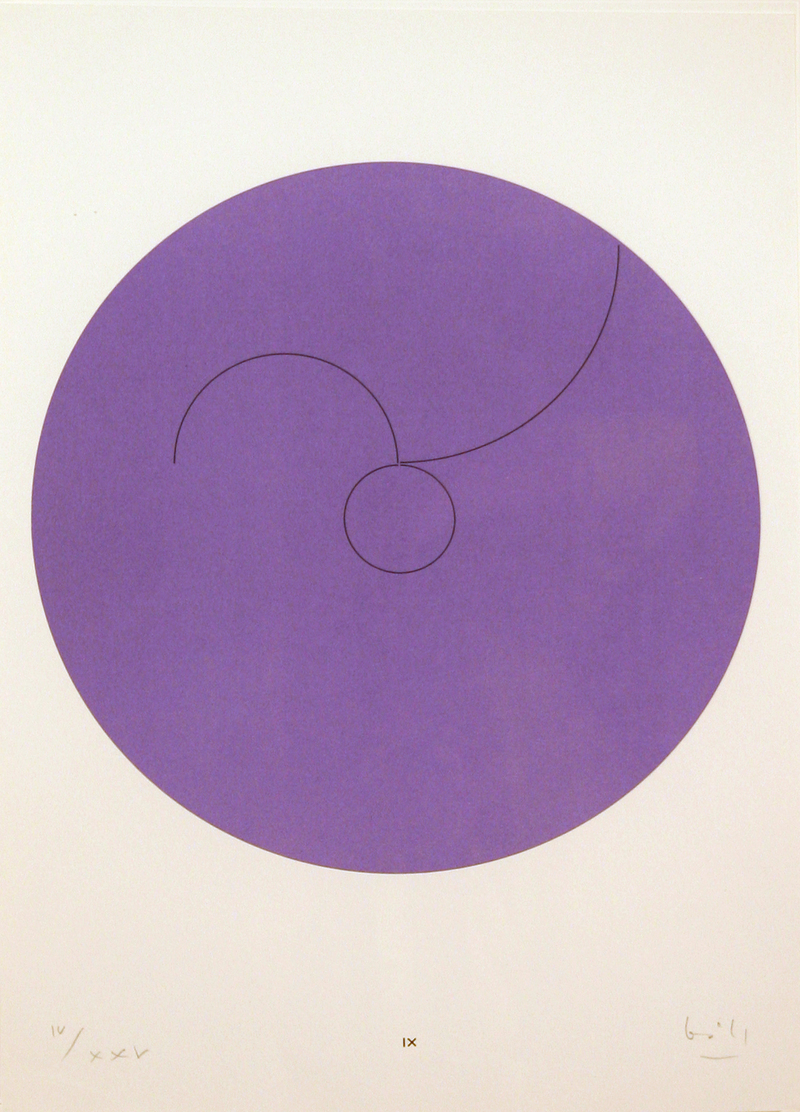
Max Bill
IX, from the portfolio Max Bill 16 Constellations
1974
Isa Genzken
Little Crazy Column
2002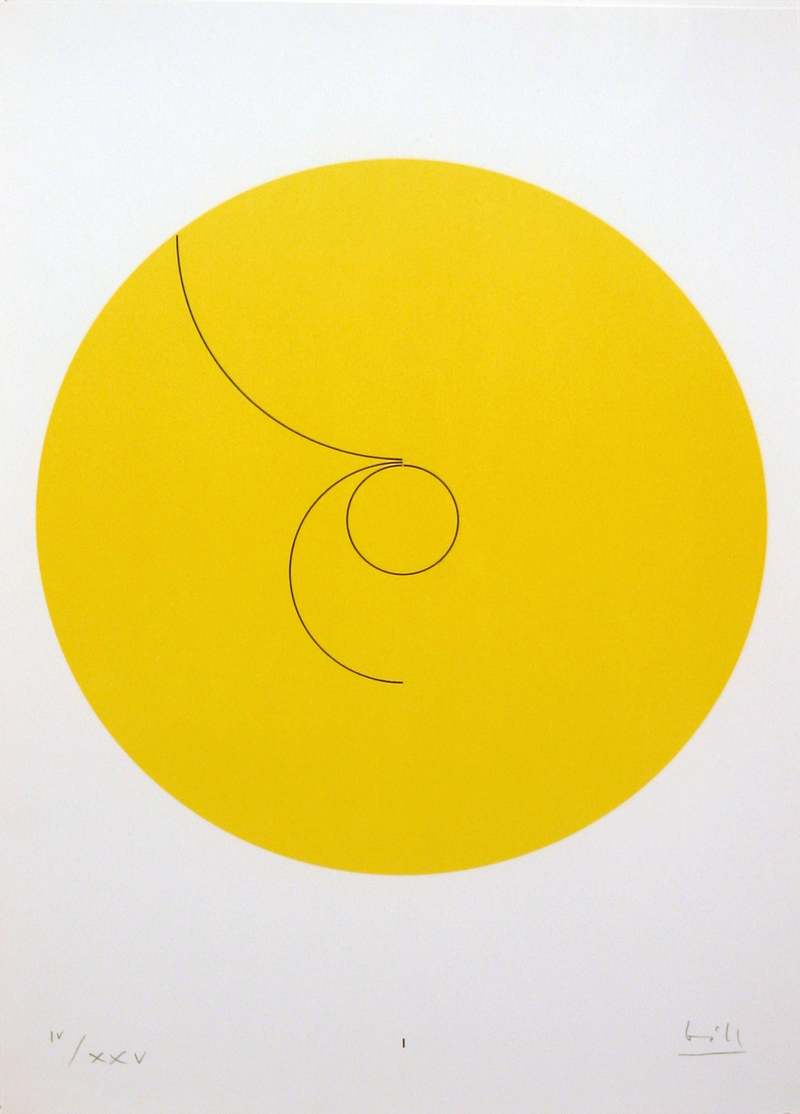
Max Bill
I, from the portfolio Max Bill 16 Constellations
1974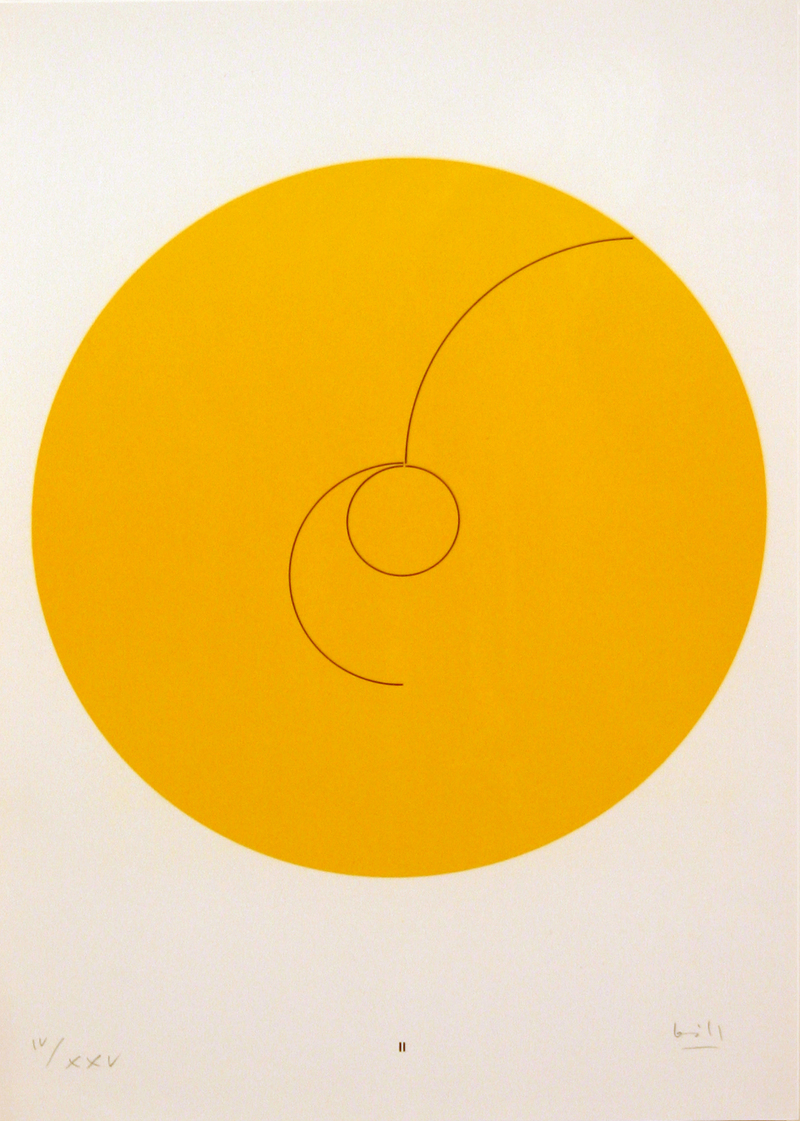
Max Bill
II, from the portfolio Max Bill 16 Constellations
1974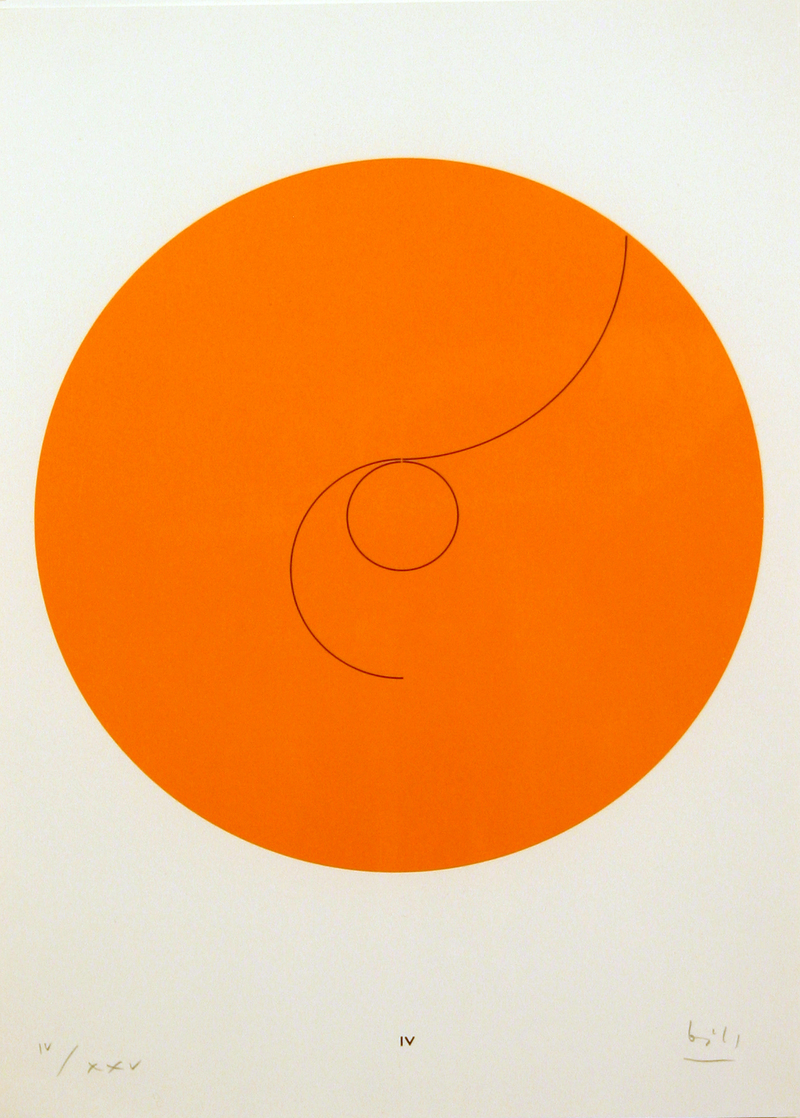
Max Bill
IV, from the portfolio Max Bill 16 Constellations
1974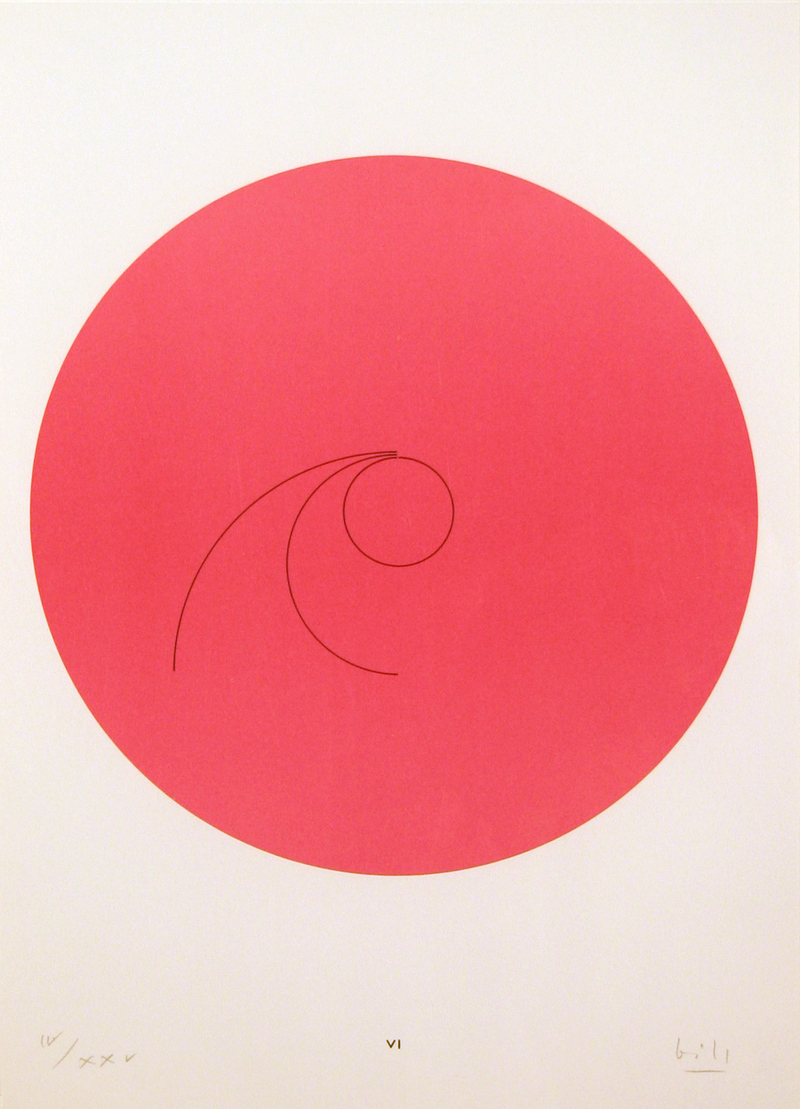
Max Bill
VI, from the portfolio Max Bill 16 Constellations
1974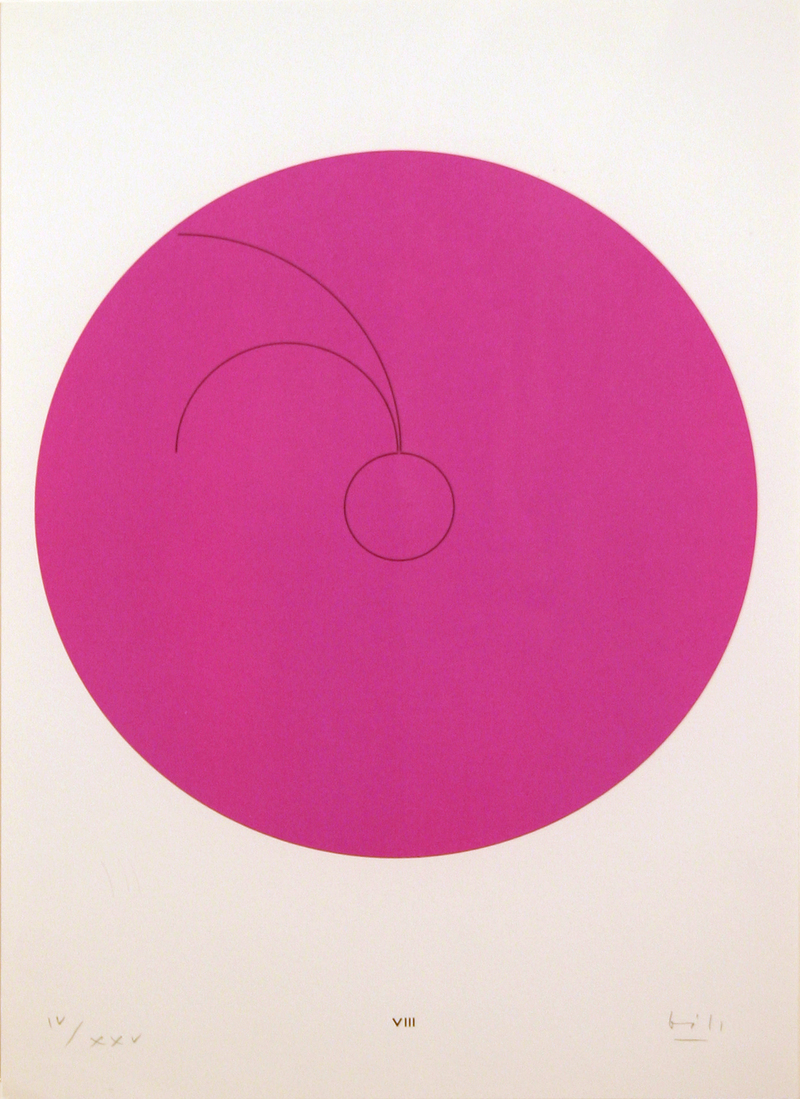
Max Bill
VIII, from the portfolio Max Bill 16 Constellations
1974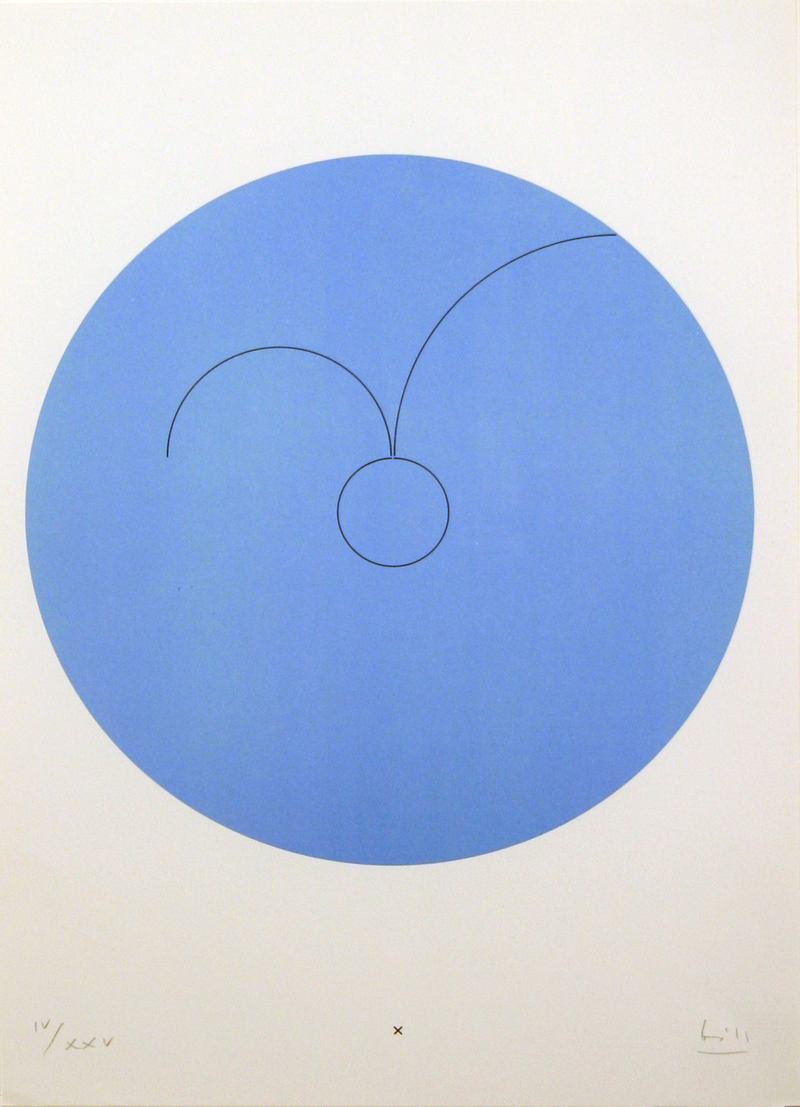
Max Bill
X, from the portfolio Max Bill 16 Constellations
1974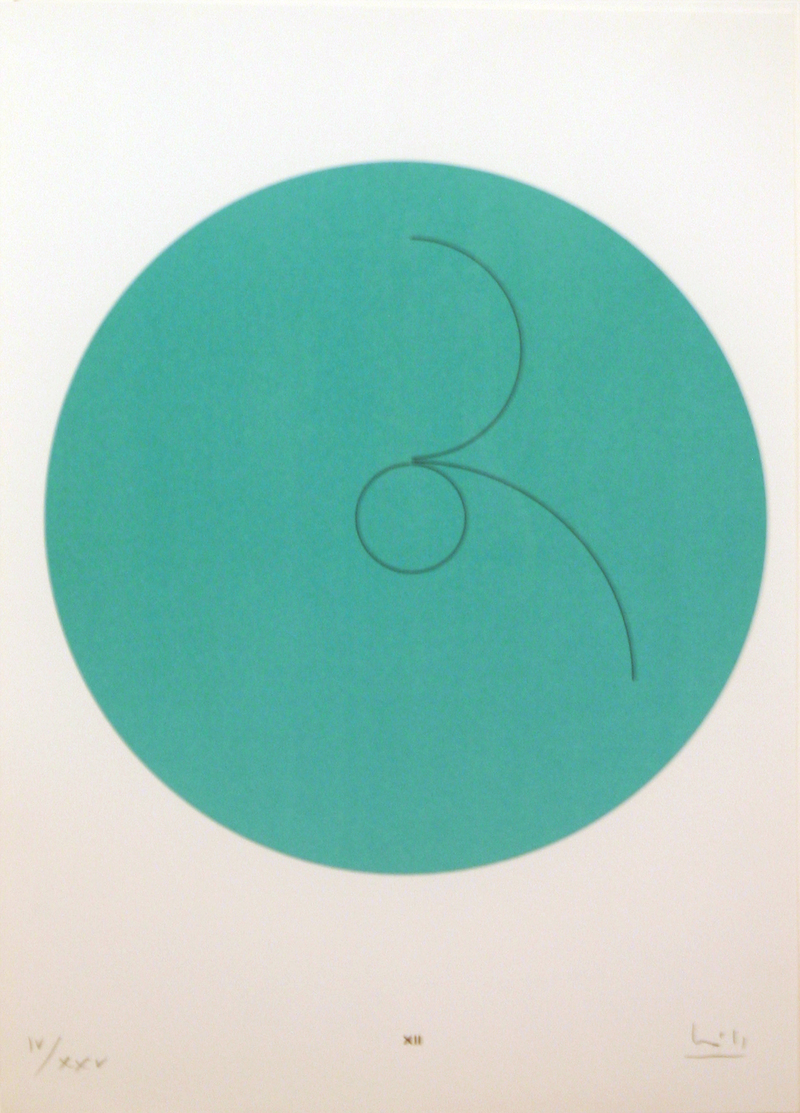
Max Bill
XII, from the portfolio Max Bill 16 Constellations
1974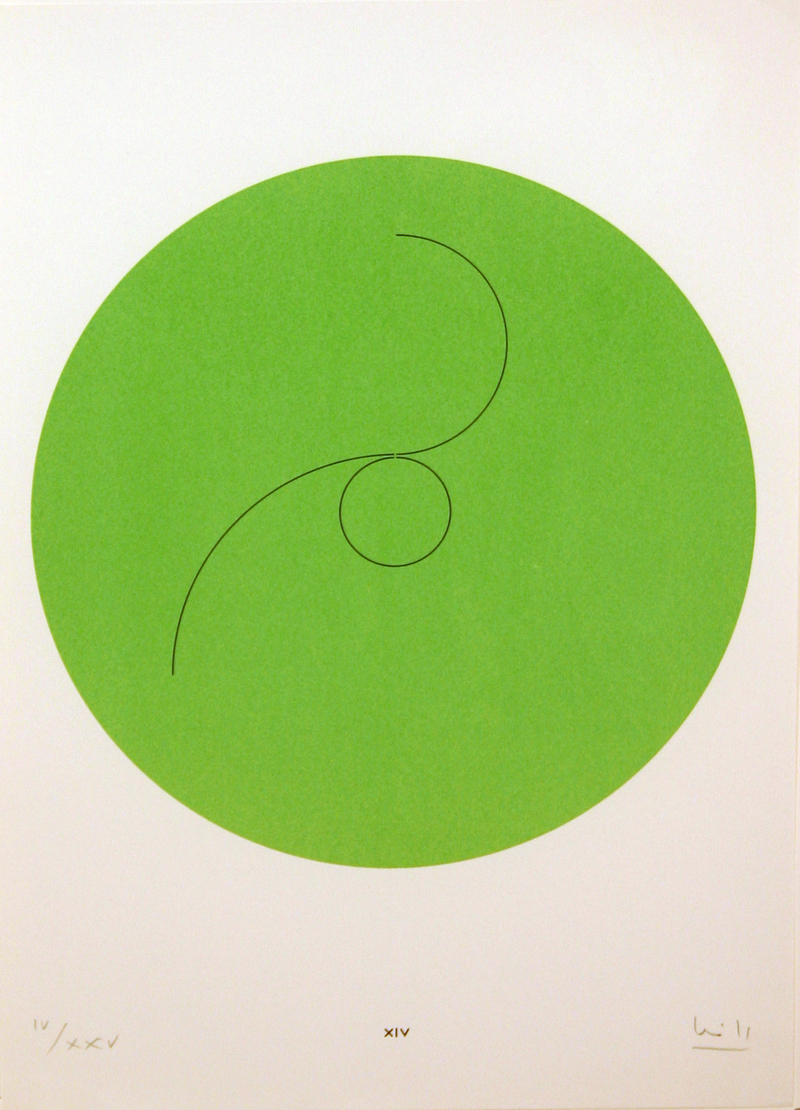
Max Bill
XIV, from the portfolio Max Bill 16 Constellations
1974